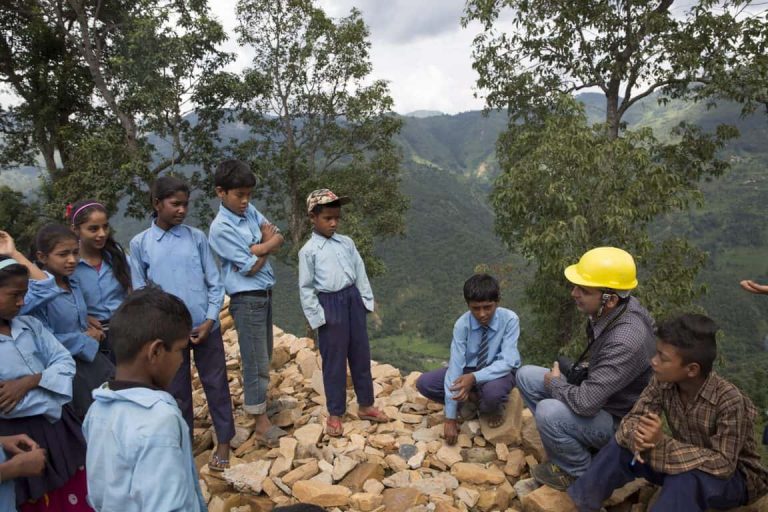Thanks in part to the accessibility and advances in particular technologies; the world has become a much smaller place to live in, in a good way. It has been roughly six months since a 7.8 magnitude earthquake ripped through Central Nepal, claiming the lives of 9,000 people and causing billions of dollars in damages. During this time of rebuilding, the United Nations Development Program in Nepal has leaned on the technological advances of numerous nations and companies to help Central Nepal get back on its feet.
Jamie McGoldrick, the UN resident coordinator in Nepal, recently spoke about his experience during the quake as well as how the UN and Microsoft, along with others, aided in the disaster recovery of Nepal.
I was in a large house, but it seemed to jump at least three feet into the air, and moved like a ship in two ways, back and forth, McGoldrick says. I put my family in a safe place in the garden and then got on my bicycle to head to the UN office and account for the staff. The Nepali people have talked of the impending “big one” for years, but nobody really knew if this was it, or what it would be like. The shocking violence of the quake took everyone by surprise.
In the six months since the quake, the UNPD has helped establish several working programs such as the Micro-Enterprise Development Program (MEDEP) to help foster economic growth in the area. Another project the UNPD undertook was supporting the micro-entrepreneurs who lost businesses due to the quake with the Rapid Enterprise and Livelihood Recovery Project (RELRP).
However, before any of those projects could take root, the people of Nepal needed to claw their way out debris and chaos. Thanks in part to Microsoft technologies, Allen Tuladhar the director MIC Nepal was able to scale earlier recovery programs set in place by the UNDP.
Tuladhar’s team agreed, and after determining the scope of the app and the technology involved with the UNDP, the MIC Nepal team developed it under an intense timeframe, working through the night for three straight days before demoing the technology to volunteers.
Tuladhar used Visual Studio to build a mobile app solution that uses the Microsoft Store to push an app to Windows Phones in the field. Microsoft did not disclose exactly which phone was used. The app and its information is all connected on the back end with Office 365, Power BI, SQL Server, and Microsoft’s Azure. Subsequent updates to the disaster relief app have incorporated a hybrid storage solution using on-premises servers that backup to the cloud. Now Tuladhar, the MIC, and UNDP can oversee complicated relief operations in a much more flexible and cost-effective way.
In the initial meeting, they were looking at getting a laptop, a GPS device, a digital camera and an Internet dongle to go along with it — about $2,000 worth of equipment for every person in the field, Tuladhar says. In the end we replaced all of that with a $70 Windows phone.
Since implementing the technology, McGoldrick has been become a proponent of the Microsoft aided solution. McGoldrick says, “the technology from UNDP and Microsoft has the potential to revolutionize how the world responds to disasters forever.” McGoldrick is not merely paying lip service about the potential of the solution; the UNDP has recently launched a crowdfund effort to make it standard in disaster relief.
This app, built here in Nepal by Nepali developers, can be the template, he says. We can hand it off to the next government right at the beginning, so they can record where people live, where they come from, everything else, and store all of that information both on-premises and in the cloud.”
Thanks to advances in connected cloud technologies as well companies willing to create economically conscious devices to utilize the cloud, the future of field operations is undergoing a much-needed shift in access. With a $70 (US) phone, disaster relief coordinators can track demolition and construction efforts in real time as well as collect immediate information on the whereabouts of victims and refugees being triaged in the field. Eventually, those records can be turned over to help reunite families or for long-term case studies for future relief programs.




